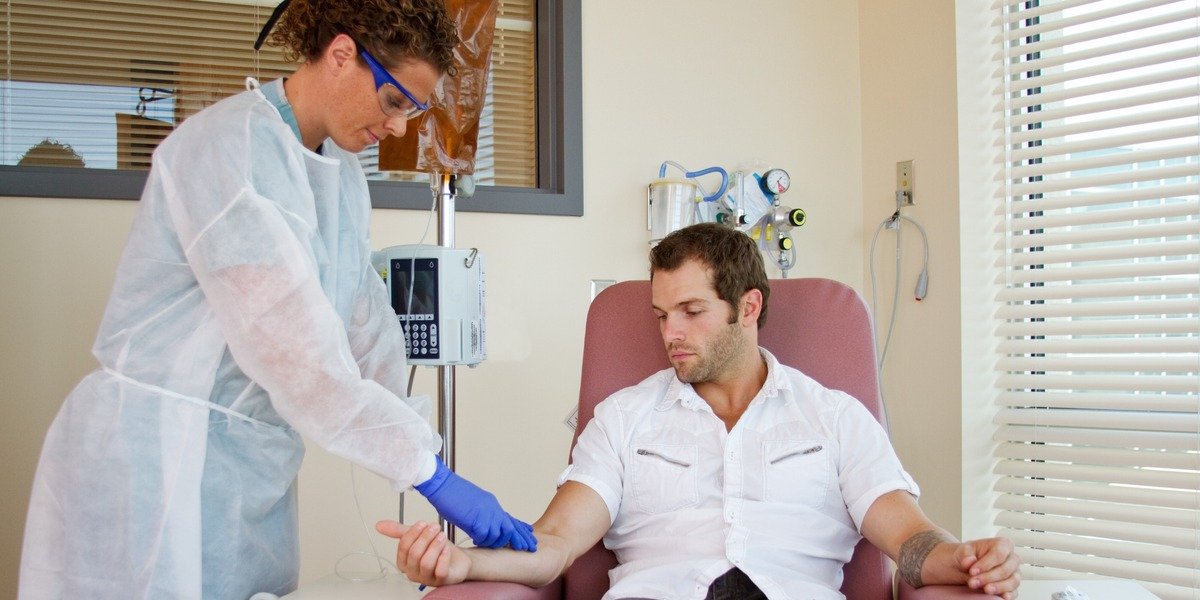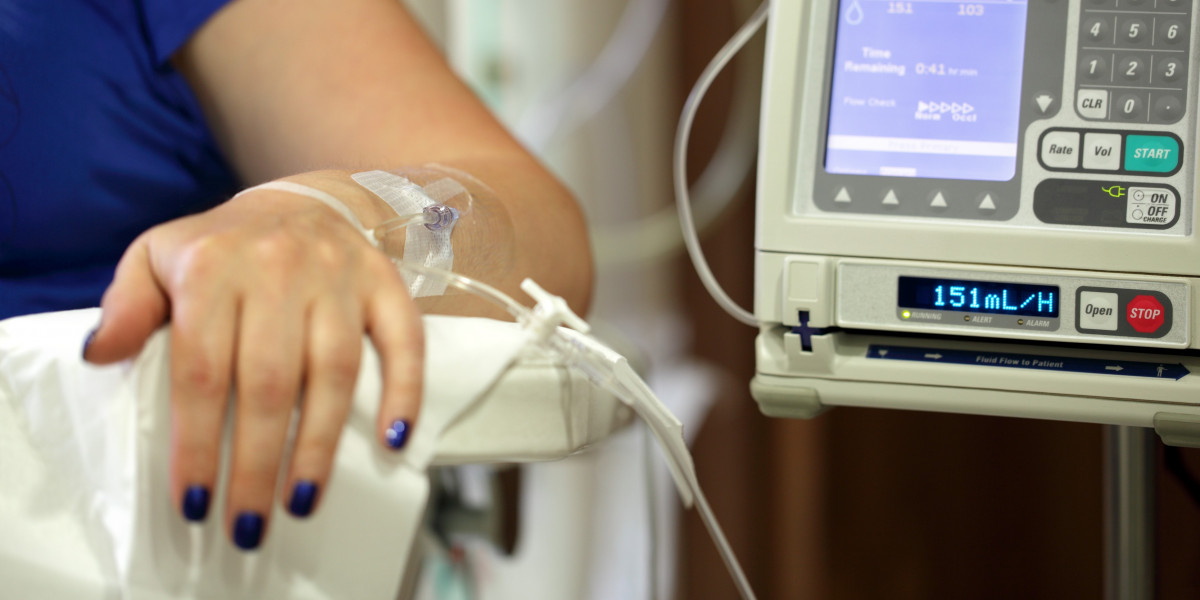Chemotherapy is a cornerstone of cancer treatment, offering hope and therapeutic benefit to millions of individuals diagnosed with cancer worldwide. This systemic therapy involves the use of powerful drugs to destroy cancer cells or inhibit their growth and proliferation. Chemotherapy may be used alone or in combination with other treatment modalities, such as surgery, radiation therapy, or targeted therapy, depending on the type and stage of cancer. In this comprehensive guide, we delve into the intricacies of chemotherapy, exploring its mechanisms of action, administration methods, side effects, and advancements in cancer care.
Mechanisms of Action:
Chemotherapy drugs target rapidly dividing cells, including cancer cells, by interfering with their ability to grow and replicate. The mechanisms of action vary depending on the type of chemotherapy drug and its specific targets within the cancer cell. Some common mechanisms of action include:
- Inhibition of DNA Replication: Many chemotherapy drugs work by disrupting the process of DNA replication, preventing cancer cells from dividing and proliferating. These drugs may bind to DNA molecules, inhibit enzymes involved in DNA synthesis, or induce DNA damage, leading to cell death.
- Disruption of Cell Division: Chemotherapy drugs may interfere with the cell cycle, particularly the mitotic phase, where cells divide and replicate. By disrupting key proteins and signaling pathways involved in cell division, chemotherapy drugs can induce mitotic arrest and ultimately lead to cell death.
- Targeting Metabolic Pathways: Certain chemotherapy drugs target metabolic pathways essential for cancer cell survival and growth. By inhibiting enzymes involved in energy production, nucleotide synthesis, or protein synthesis, these drugs disrupt the metabolic balance within cancer cells, leading to cell death.
- Induction of Apoptosis: Apoptosis, or programmed cell death, is a natural process that eliminates damaged or abnormal cells from the body. Chemotherapy drugs can induce apoptosis in cancer cells by activating signaling pathways or triggering cellular stress responses, leading to the self-destruction of cancer cells.
Administration Methods:
Chemotherapy drugs can be administered through various routes, depending on the type of cancer, treatment goals, and patient preferences. Common administration methods include:
- Intravenous (IV) Infusion: Intravenous chemotherapy involves the direct administration of drugs into a vein, typically through a catheter or central line. IV infusion allows for the rapid delivery of chemotherapy drugs into the bloodstream, where they can reach cancer cells throughout the body.
- Oral Administration: Some chemotherapy drugs are available in oral form, allowing patients to take them by mouth as prescribed by their healthcare provider. Oral chemotherapy offers convenience and flexibility for patients who prefer home-based treatment but requires strict adherence to dosing instructions.
- Intramuscular (IM) or Subcutaneous (SC) Injection: In some cases, chemotherapy drugs may be administered via intramuscular or subcutaneous injection, where the drug is injected directly into muscle tissue or beneath the skin. This route of administration may be used for certain types of chemotherapy drugs or supportive medications.
- Topical Application: Topical chemotherapy involves applying chemotherapy drugs directly to the skin or mucous membranes affected by cancer, such as skin cancer or certain types of oral or vaginal cancers. Topical chemotherapy may be administered as creams, gels, or ointments for localized treatment.
Side Effects of Chemotherapy:
While chemotherapy is highly effective in treating cancer, it can also cause side effects due to its impact on normal, healthy cells in the body. Common side effects of chemotherapy include:
- Nausea and Vomiting: Chemotherapy drugs can irritate the lining of the digestive tract, leading to nausea, vomiting, and loss of appetite. Antiemetic medications may be prescribed to help alleviate these symptoms.
- Fatigue: Chemotherapy can cause fatigue and weakness, making it difficult for patients to perform daily activities or engage in physical exercise. Adequate rest, nutrition, and gentle exercise can help manage fatigue during treatment.
- Hair Loss: Many chemotherapy drugs can cause hair loss or thinning, known as alopecia. Hair loss may occur on the scalp, eyebrows, eyelashes, and other areas of the body. While hair loss is often temporary, it can be emotionally distressing for some patients.
- Suppression of Bone Marrow Function: Chemotherapy drugs can suppress the bone marrow’s ability to produce blood cells, leading to low blood cell counts, including white blood cells (neutropenia), red blood cells (anemia), and platelets (thrombocytopenia). This can increase the risk of infection, fatigue, and bleeding.
- Mucositis: Chemotherapy-induced mucositis is inflammation and ulceration of the mucous membranes lining the mouth, throat, esophagus, and gastrointestinal tract. Mucositis can cause pain, difficulty swallowing, and increased susceptibility to oral infections.

Advancements in Chemotherapy:
Advancements in chemotherapy research and drug development have led to significant improvements in cancer treatment outcomes and patient survival rates. Some notable advancements include:
- Targeted Therapy: Targeted therapy drugs specifically target cancer cells’ unique molecular characteristics or signaling pathways, sparing normal, healthy cells from damage. Targeted therapy drugs may be used alone or in combination with chemotherapy to enhance treatment efficacy and minimize side effects.
- Immunotherapy: Immunotherapy harnesses the body’s immune system to recognize and destroy cancer cells. Immune checkpoint inhibitors, monoclonal antibodies, and adoptive cell therapies are examples of immunotherapy drugs that have revolutionized cancer treatment and improved outcomes for patients with certain types of cancer.
- Personalized Medicine: Advances in genomic testing and molecular profiling have enabled healthcare providers to identify specific genetic mutations or biomarkers associated with cancer development and progression. This allows for the customization of treatment plans based on individual patients’ genetic profiles, optimizing treatment efficacy and minimizing unnecessary side effects.
- Combination Therapies: Combinations of chemotherapy drugs, targeted therapies, immunotherapies, and other treatment modalities are often used to maximize treatment efficacy and overcome resistance mechanisms in cancer cells. Combination therapies may be tailored to individual patients’ cancer types, stages, and molecular characteristics for optimal outcomes.
Conclusion:
Chemotherapy remains a cornerstone of cancer treatment, offering effective therapeutic options for individuals diagnosed with a wide range of cancer types. With its diverse mechanisms of action, administration methods, and advancements in drug development, chemotherapy plays a vital role in shrinking tumors, controlling cancer growth, and improving overall survival rates. While chemotherapy can cause side effects, advancements in supportive care and symptom management have helped mitigate treatment-related toxicity and enhance patients’ quality of life during cancer treatment. By continuing to invest in research, innovation, and personalized approaches to cancer care, healthcare providers and researchers aim to further improve chemotherapy’s efficacy, safety, and impact on patient outcomes in the fight against cancer.

